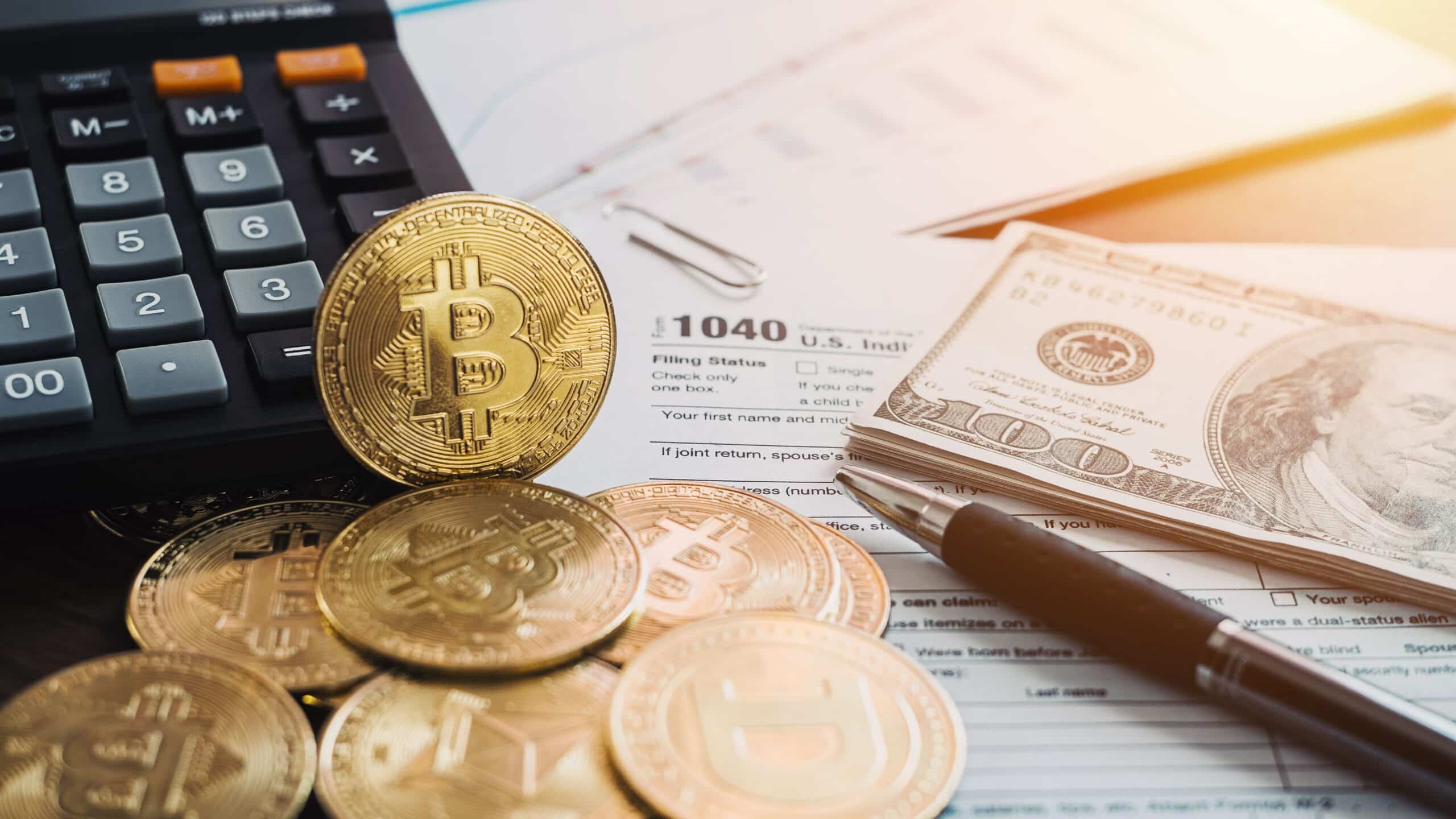Navigating crypto tax issues can be complex and nerve wracking, especially with Tax Day quickly approaching on Monday, April 15th.
With the Internal Revenue Service (IRS) receiving $80 billion in funding from the federal government last year, a portion of which was allocated to enforce the crypto tax code, IRS interest in crypto and its ability to detect reportable transactions are elevated. Taxpayers need to be equipped with the proper tools and strategies to ease the burden and streamline their crypto tax filing process.
“The hardest part of calculating your crypto taxes is piecing together all of your transaction history and creating a clean set of records to calculate your gains, losses, and income from crypto,” Laura Walter, CPA and founder of crypto tax firm CryptoTaxGirl, told Unchained. “If you deal with traditional financial assets, all of the accounting is taken care of for you and you are provided with 1099s that you can plug right into your tax return. When it comes to crypto, you have to calculate all of those numbers on your own.”
If you’re scrambling last minute to prepare for April 15th, here are some helpful tips:
1. Understand how your digital assets are taxed
While many view crypto as merely a decentralized form of currency that facilitates the transfer of wealth to pay for goods and services, the IRS treats crypto as property rather than currency for tax purposes.
This means that the purchase, sale, or exchange of crypto in a non-retirement account may result in capital gains or losses. Similar to transactions of other assets such as stocks, bonds, or real estate, your gain or loss may be classified as short-term if held for less than one year, or long-term for assets disposed of after a year of ownership.
Using crypto to pay for a good or service is the equivalent of a sale and is, therefore, taxable. Unlike fiat currencies, such as the US dollar, crypto is considered a capital asset. Similar to selling stock in order to raise cash to pay for the purchase of a new home, if you use crypto to directly pay for a home or even your groceries, the IRS considers this a sale of the assets and a capital gain/(loss) will be incurred.
2. Take special care if you’re mining or staking cryptocurrency, or receiving airdrops or forks
The acquisition of crypto via staking, mining, airdrops, or forks present unique cases since they’re taxed at the value when you actually receive the crypto. That’s because all are classified as income-generating activities for tax purposes according to the IRS.
David Kemmerer, co-founder and CEO of crypto tax software maker CoinLedger, told Unchained in July that “Any form of generating income with crypto, like mining or staking, is taxed at the fair market value of the cryptocurrency at the time it was received. As an example, let’s say I got a job and they paid me 0.5 bitcoin back in July. I’m booking income at the fair market value of bitcoin in July.”
Any crypto you’ve earned, even if you no longer own it, is taxable based on its value at the moment you received it, not when you decide to sell or exchange it.
Read more: 3 Keys to Mastering Crypto Taxes, From IRS Tracking to NFT Losses
3. File for an extension
Taxpayers must declare whether they received digital assets as a reward, award, or payment for property or services during the tax year in which they’re filing taxes, or if they sold, exchanged, or disposed of any digital asset during that tax year. Failing to do so or misleading the IRS can lead to severe penalties.
If you’re up against the filing deadline and are concerned you won’t have enough time to research all your crypto transactions, whether on your digital wallet or an exchange, file for an extension. The IRS provides this relief—take advantage of it! You’ll still end up owing what you owe, but at least you won’t have to pay an additional penalty for not reporting some of your digital asset transactions. You should still estimate and pay any owed taxes by April 15th, however. Filing an extension simply gives you more time to accurately file your taxes.
4. Offset capital gains with realized capital losses
Taxpayers must accurately calculate their capital gains and losses from cryptocurrency transactions. Capital gains result from selling or exchanging any capital asset like stocks, bonds, real estate, or crypto at a higher price than the original purchase price, while capital losses occur when capital assets are sold or exchanged at a lower price than the original purchase price.
Cryptocurrency investments can be volatile with significant fluctuations in value. Balancing gains and losses enables taxpayers to mitigate the tax impact of these fluctuations by offsetting profitable transactions with those that incurred losses.
5. Contribute to a self-directed IRA
Taxpayers have until April 15th to make a 2023 contribution to an IRA. IRA contributions offer the opportunity for tax-deferred growth, meaning that any earnings generated within the IRA are not subject to current income tax.
Unlike traditional IRAs, which are typically limited to a selection of conventional investment options like stocks, bonds, and mutual funds, a self-directed IRA allows you to invest in a broader range of assets, including cryptocurrencies, real estate, private equity, precious metals, and more. This flexibility gives you greater control over your investment portfolio and the opportunity to diversify across different asset classes.
6. Engage a crypto tax advisor
A crypto tax advisor, while sometimes costly, can help you optimize your tax strategy to minimize your tax liability while remaining compliant with tax laws. They can identify potential tax deductions, credits, and strategies to maximize your tax efficiency, such as utilizing capital gains tax rates, offsetting gains with losses, and implementing tax-deferred investment strategies.
Have questions about hiring a crypto tax professional? Check out this guide to vetting and hiring a crypto tax expert.



